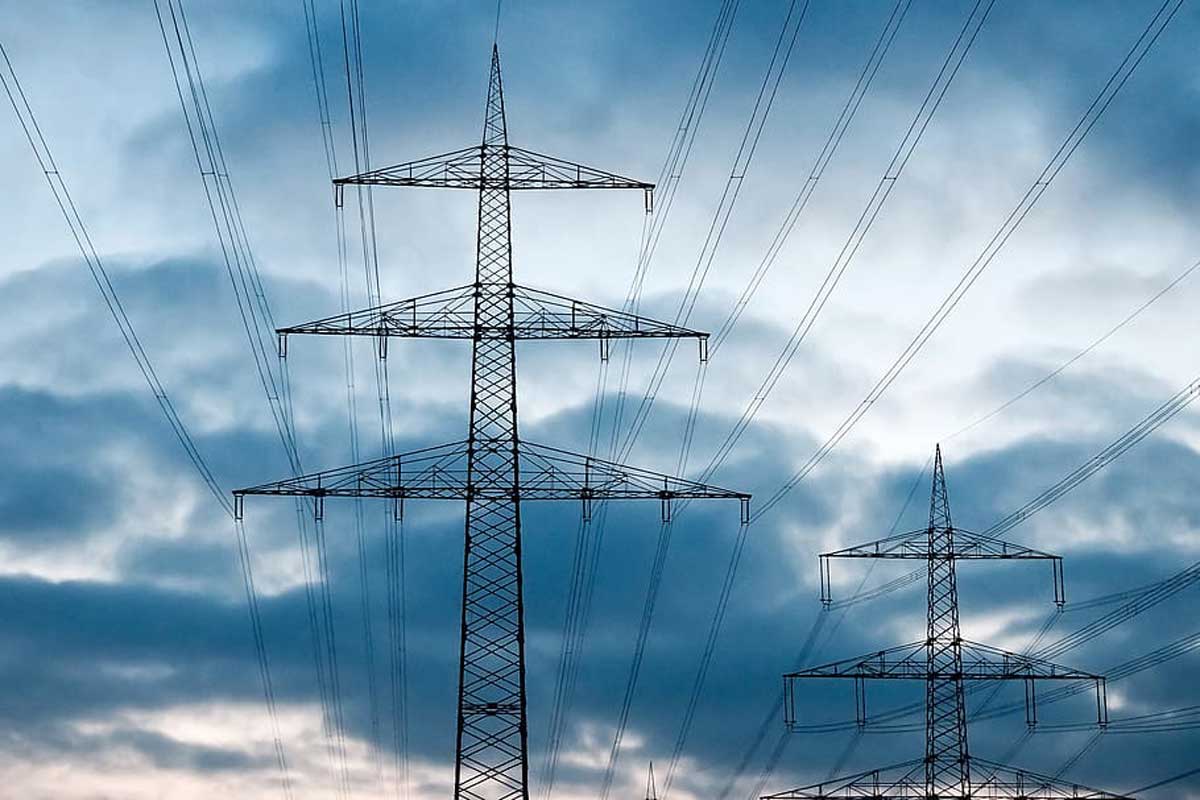In a recent report by CRISIL MI&A (Market Intelligence and Advisory), India’s power demand for September 2023 reached an impressive five-year high. The report also offers insights into the factors driving this surge and the challenges faced by the power sector. Here, we break down the key findings and observations.
September’s Power Demand Soars:
- India’s power demand in September witnessed remarkable year-on-year growth, reaching 140-142 billion units (BUs), marking a five-year high.
- Despite this, the demand in September was about seven percent lower than the previous month, primarily due to exceptionally dry conditions in August, one of the driest months in 122 years.
Record Peak Power Demand:
- India experienced two consecutive months of all-time high peak power demand, with 238 GW in August followed by an even higher 240 GW in September.
- This surge in peak power demand reflects the need for reliable and efficient power generation and distribution.
Power Generation Trends:
- Overall power generation in September is estimated to have risen by 9-10 percent on a year-on-year basis, reaching 150-152 BU.
- August 2023 saw a record high power generation of 159 BU.
- To meet the rising demand for electricity, power generators increasingly turned to the short-term power market.
Factors Driving Demand:
- The surge in power demand can be attributed to various factors, including agricultural, industrial, and manufacturing activities.
- The Manufacturing Purchasing Managers’ Index rose to a three-month high of 58.6 in August, indicating increased industrial activity.
- The onset of the festive season likely continued to drive demand into September.
Challenges Faced:
- Meeting peak power demand has been challenging due to generation volatility.
- Solar and wind power, while essential, face intermittency issues.
- Hydro power, which offers steady supply, declined due to disturbed rainfall, contributing to peak price fluctuations.
Transition to Non-Fossil Fuels:
- The report notes an improvement in the share of non-fossil fuel generation, reaching 26 percent by the third week of September, up from 23 percent in the first week.
- This transition provided some support to coal generation, reducing pressure on the short-term market.
Coal Supply Concerns:
- Despite the relief from non-fossil fuel sources, coal stocks at thermal power plants declined from 30 million tonnes on August 31 to 25 million tonnes as of September 25.
- This level of coal stock would suffice for power plants for nine days, down from 10 days in August.
- To address the increased coal requirement, the government extended the period of necessary blending of imported coal to March 2024, albeit with a reduced weightage of 4 percent from October 2023.
Future Projections:
- CRISIL MI&A anticipates power demand to continue its growth trend, with expectations of a 9-10 percent year-on-year increase in the second quarter of fiscal 2024 and a 5 percent year-on-year rise for the full year.



 Indian Olympic Medal Winners List Till N...
Indian Olympic Medal Winners List Till N...
 Who is the Inventor of the Gramophone?
Who is the Inventor of the Gramophone?
 HS Dhaliwal Appointed New DGP Of Andaman...
HS Dhaliwal Appointed New DGP Of Andaman...
